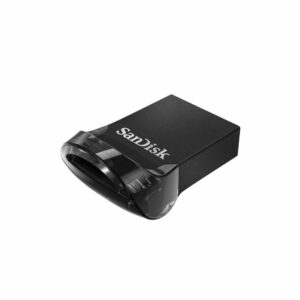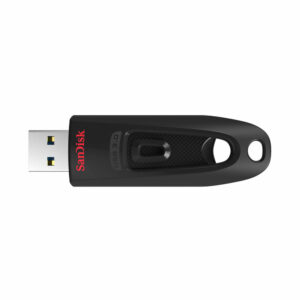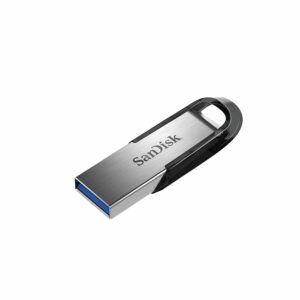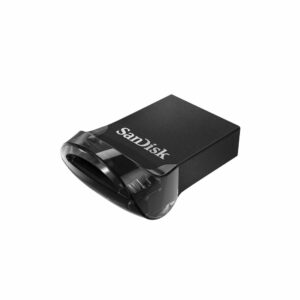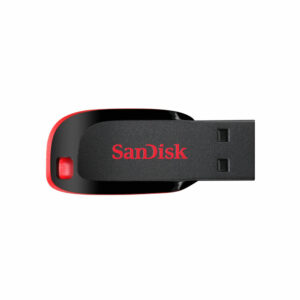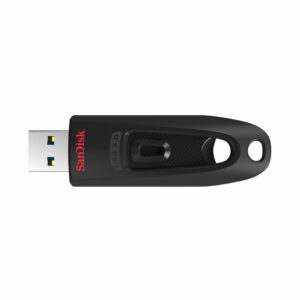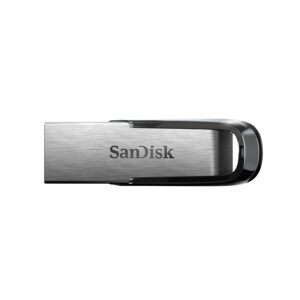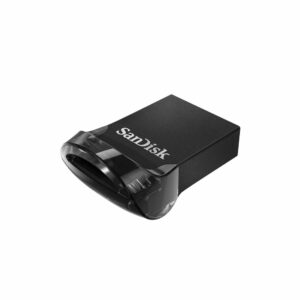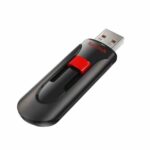
USB sticks price in Kenya – the compact storage for everyone
- Show all
- Popular this Month
Many well-known memory manufacturers such as SanDisk, Kingston or Intenso offer a large range of USB sticks. Discover capacities up to 1TB and various designs and colors. We have summarized all the important features and characteristics for you.
“A USB stick is often the most practical and easiest way to transport large amounts of data. With a USB stick 3.0, copying data is quick and easy, and there is always room for the small flash memories. One of the most useful gadgets In recent years there has been a memory stick with a USB Type A and USB Type C port. This saves you the hassle of having to use adapters on a MacBook, for example, and you can still quickly exchange files with laptops without a Type C port. Since they are in the same price range, these versatile type A/Type-C sticks are preferable to a pure USB C stick.”
Ray
USB sticks – small but mighty
The USB stick in the USB memory stick version is basically the simplest and most cost-effective solution for storing photos, videos, music and digital documents. The name is made up of the abbreviation USB for “Universal Serial Bus” (name for the data transfer method “serial bus system”) and the English word stick (in German: rod, stick). In rare cases, the USB stick is also called a USB pen. The USB stick is a small and compact plug and play device in which the plug and housing are directly connected to each other. This means that after you plug in the USB stick, it is ready to use straight away! Like smartphones and memory cards, USB memory sticks use so-called Flash memory to store the data. This makes them particularly robust and energy-saving. Well-known manufacturers of USB sticks include SanDisk, Intenso, Verbatim, Corsair and Kingston.
What does a classic USB stick look like?
USB sticks come in a wide variety of shapes and colors. The classic USB pen is roughly reminiscent of a highlighter: it is slim and handy and has a protective cap. Many USB sticks are also equipped with an eyelet that allows you to attach the small memory device directly to a key ring. This means you always have your most important data with you. Under the protective cap is the USB plug, which is plugged into the compliant USB socket of a device, such as a PC, to transfer or save data. Since USB Type-A is generally the most common, USB sticks also predominantly use this connection. Sticks with a USB Type-C plug are much rarer.
Structure of a classic USB stick: Under the protective cap (D) is the USB plug (C) for connecting to a suitable USB socket. The housing (E) protects the flash memory (B) with the data on it. The eyelet (A) is used to attach it to a key ring.
Which USB sticks are still available?
Some USB sticks use a sliding mechanism (slider) or swivel mechanism (swivel) instead of a simple protective cap. By not removing the cap, the risk of losing the cap is eliminated. USB sticks with screw caps are also occasionally available, which could theoretically survive a dive in the ocean without any damage. USB storage devices with a 2-in-1 design are particularly practical. They combine two connectors in one device – usually USB Type-C and USB Type-A. As a result, you are significantly more flexible because you are not dependent on a single connection type. USB sticks with a Nano design have a special status a. The tiny memories, which consist almost exclusively of the plug, are usually plugged into a free USB port on a notebook and serve as permanent memory expansion.
How safe are USB memory sticks?
Due to their compact design, all USB sticks are extremely robust. Even if you accidentally drop your USB stick on the floor, it most likely won’t break straight away and your data will be protected – regardless of whether your stick has a simple plastic housing or a high-quality metal housing. Things only become really problematic if you lose your USB stick. A stranger who finds the stick theoretically has direct access to all the information stored on it. If you want to be on the safe side, we recommend buying a USB stick with password protection or an integrated fingerprint scanner.
What USB storage sizes are there?
USB sticks are mainly offered in storage sizes of 32 GB, 64 GB and 128 GB. Since quite a few smartphones use the same capacities, you have a good idea of how much data will ultimately fit on the stick. USB sticks with a capacity of 256 gigabytes are no longer uncommon, while USB pens with 512 GB or 1 TB are still considered the exception. There is hardly any demand for USB storage devices with a capacity of less than 8 GB. In the modern age, the volume of digital data is constantly increasing and so is the space required for it. In any case, USB sticks are from 16 gigabytes you can get them for just a few shillings, so there is hardly any reason to stack them any lower.
How fast USB do sticks work?
The speed of a USB stick can usually only be determined approximately. The USB generation provides a good starting point. Most USB sticks use the USB 2.0 or USB 3.0 standard. USB 2.0 achieves maximum transfer rates of 480 Mbit/s (60 megabytes per second), USB 3.0 is around 10x as fast at up to 5 Gbit/s (625 MB/s). USB 3.1 delivers twice the speed of USB 3.0. But be careful! Manufacturers often provide information on reading and writing speeds, however, these are only theoretical values that can be achieved in the absolute ideal case. The values achieved in everyday life are usually 30 to 45 percent lower due to any losses. – Which doesn’t mean that USB sticks are generally slow. Despite deductions, quite a few transfer more than 50 megabytes of data in a single second, some even manage over 200, which already amounts to a considerable amount of data of 12 gigabytes per minute. Of course, the USB port into which you insert your USB stick must also be able to keep up with the appropriate speed.
Note: Although many manufacturers still use the name USB 3.0, two successor generations have now appeared – USB 3.1 and USB 3.2. The currently correct name for USB 3.0 is USB 3.2 Gen 1×1, USB 3.1 corresponds to USB 3.2 Gen 2×1. The USB 3.2 or USB 3.2 Gen 2×2 standard is currently still an absolute rarity for USB sticks.


